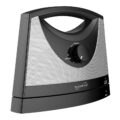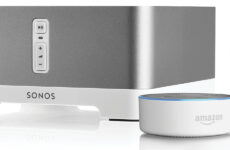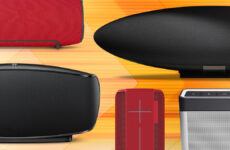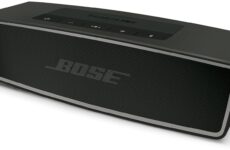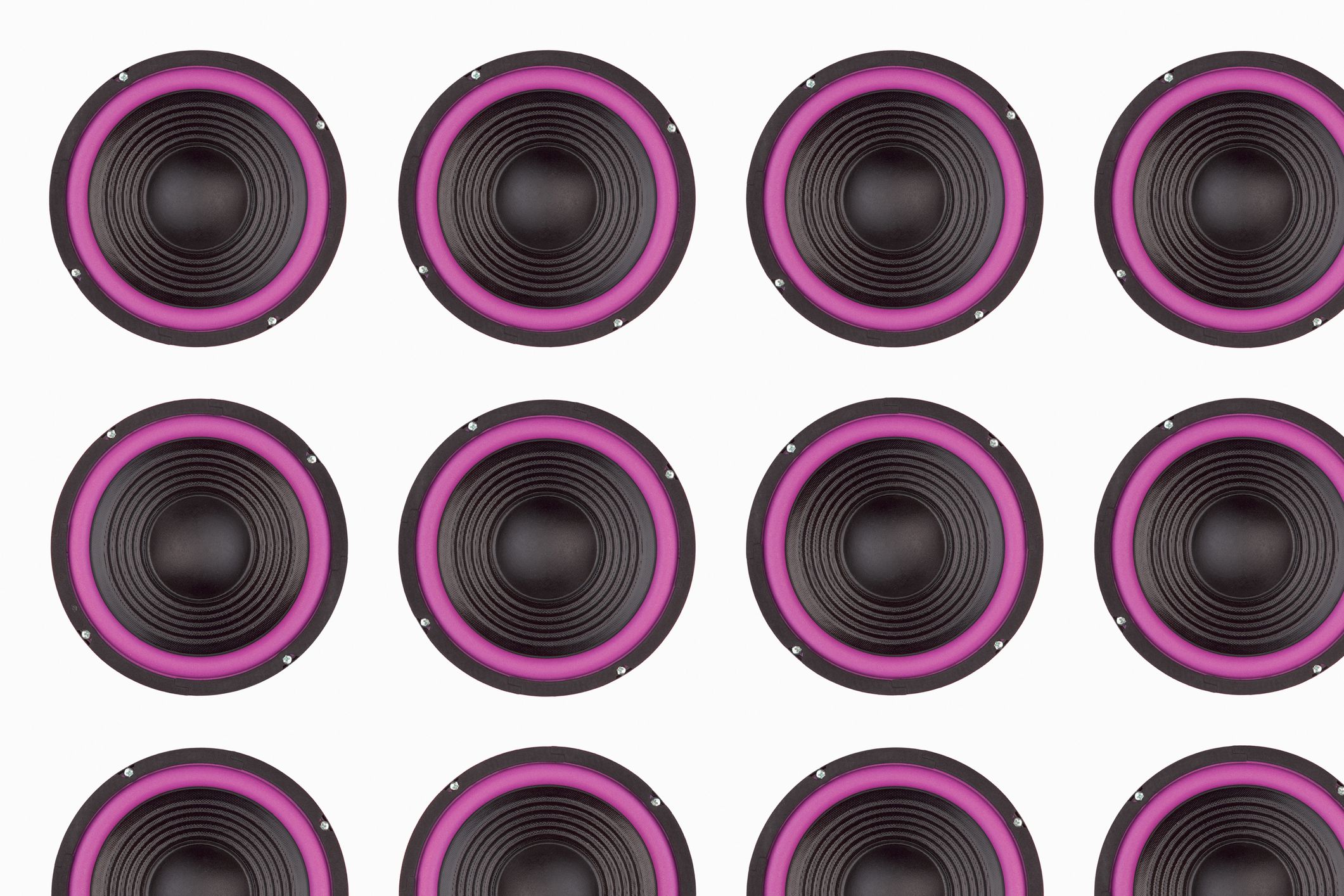
There are many different ways which you can connect several Bluetooth speakers to a shared device for quality surround music. However, most don’t really know the exact process of conducting this procedure. With an upgrade in technology, most smartphones running Android, Windows and iOS have the capacity to stream audio files to multiple devices wirelessly at the same time.
Therefore, it’s important for users to take advantage of this technology and enjoy the best specs these devices have to offer. With that in mind, this article will offer in-depth information on how multiple Bluetooth speakers can be connected to one device.
What’s Bluetooth and how does it work?
Bluetooth is a standardized protocol that allows two or more Bluetooth enabled devices to link and exchange data wirelessly. With the advancement in technology, most electronic devices such as Smartphones, Tablets, game consoles, headsets and trackers are designed to link wirelessly with each other via Bluetooth.
How does Bluetooth work?
Bluetooth operates via radio waves to connect one device to another. All Bluetooth enabled devices contain tiny micro chips with Bluetooth radio making it easy to connect one device to another. When a device recognizes another, the next step is to pair. This communication between two Bluetooth enabled devices over a short-range is known as piconets.
What’s a piconet? A piconet is a kind of network created when multiple devices interconnect. When a network is created, one device will act as the master while the other will act as the slave. Piconets are established automatically as devices enter and leave the Bluetooth proximity/radius. However, it’s important you understand that the master is the only one authorized to send and receive data from the slaves. Slaves are only authorized to link to the master and not themselves.
The Connection Process
When connecting multiple Bluetooth devices together, there are three progressive states required.
- Inquiry—when two Bluetooth devices which have never paired meet for the first time, an enquiry request is sent by one device to the other.
- Paging—after the inquiry, both devices will connect (page) and know the exact address of the other.
- Connection—after the paging process is complete both devices are now ready to share files, folders and contacts.
Now that you’ve learned how to bond and pair Bluetooth devices, let’s now review the process you can easily use to connect multiple speakers to one device wirelessly.
- Step 1—bring two or more Bluetooth speakers close to each other or at a range of one meter (3ft).
- Step 2—press the pair/power button of a speaker to turn the Bluetooth app on. Press and hold the ADD button while still holding the PAIRING button until a beep is heard. When the Bluetooth indicator turns on, this means the speaker has successfully connected to a Bluetooth network.
- Step 3—press the power/pair button of the next speaker to turn it on. Repeat the same procedure in step 2 until the speaker beeps and lights up the Bluetooth indicator.
- Step 4—note that, one of the speakers will show the Bluetooth indicator while the other will not. Use the speaker with the Bluetooth light indicator to connect a wireless device. When the Bluetooth indicator stops flashing and lights up, a connection has successfully been established.
- Step 5—press the volume Up/Down, next or pause button of the host speaker to ensure that the adjustments reflect the other speaker(s).
Using a Bluetooth transmitter and splitter
Another easy way you can connect a device to multiple speakers is by using a Bluetooth splitter. This device transmits audio files wirelessly to a maximum of two devices at a range of 30 feet. A Bluetooth transmitter has a strong rechargeable battery that offers a maximum of 9 hours without needing to be recharged.
This device has a frequency range of 2.4GHz and is compatible to two Bluetooth profiles (A2DP and AVRCP) and two Bluetooth versions (21+EDR and Class II).
Conclusion
Although there are many wireless connection options out there, Bluetooth is by far the best wireless protocol available. Although it allows connections over a short distance, the fact that it’s the cheapest and easiest wireless network makes it stand out as the best.


